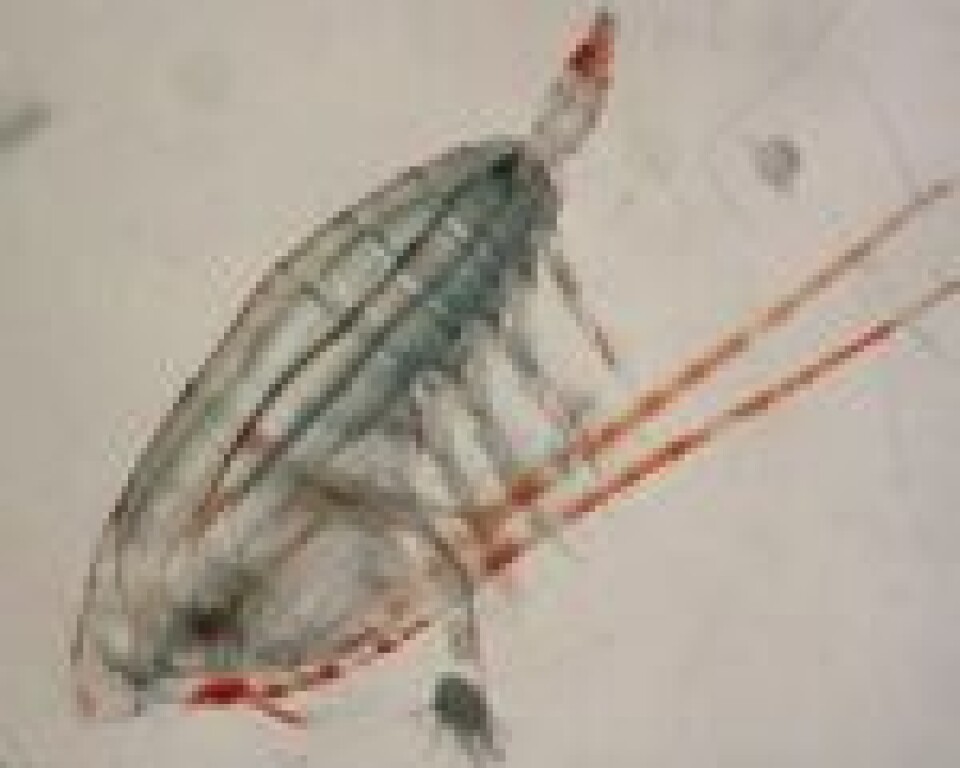
US scientists looking at better salmon runs in years ahead
When it comes to predicting salmon returns, science helps, states the NOAA Northwest Fisheries Science Center's web site. While this season’s salmon returns may have been bleak, the low numbers were not a surprise to scientists at the Center, who were able to read the writing on the wall – or, more accurately, the indicators in the ocean.
Prediction Tool
Center researchers identified a set of variables that explains what happened this year, and will help managers make general predictions for future seasons. Closely connected climatic, oceanographic and biological conditions greatly determine how well juvenile salmon will fare in their first few weeks at sea, and understanding how they interrelate provides us with a valuable window into the future.
Climate and Upwelling Affect Food Chain
Climatic forces that affect the temperature and movement of the entire Northern Pacific Ocean and local conditions close to shore tend to follow patterns. The Pacific Decadal Oscillation (PDO), for example describes ocean temperature fluctuations that occur over relatively large scale of times—until recently, decades. The El Niño-Southern Oscillation (ENSO, or simply "El Niño") is primarily a coastal phenomena resulting from winds and equatorial currents and is strongly influenced by the PDO. The PDO and ENSO cycles in turn, affect a third oceanographic phenomena, "upwelling," which is responsible for the productivity of marine habitats like the California Current Large Marine Ecosystem.
Cold Waters Carry Rich Food Source
Ultimately, "a fat salmon is a happy salmon," observes Center scientist, Bill Peterson, and the most calorie-laden meals come from the cold, boreal waters that sweep down the coast. Two species of lipid-rich copepods dominate the abundant prey-mix riding the chilly and productive northern currents, fueling a nutrient-packed food chain. The small planktivorous fishes and krill that feed upon the fatty copepods form the main diet of juvenile salmon. When cold currents allow the newly arrived salmon to gorge on this feast, the well-nourished youngsters are far more likely to survive to adulthood in their marine environment.
Well–fed Juvenile Salmon Have Survival Edge
Warmer waters bring lean and mean meals; off shore and southern currents carry a copepod load that is diverse but light—both in mass and nutritional value. Skinny juveniles are ill–prepared to survive fluctuations in prey and other stresses they are likely to encounter in the ocean environment. A salmon’s fate, then, is effectively sealed during its first few weeks at sea by forces that can be measured and used to predict adult returns as much as two years prior. Warm ocean conditions and poor feeding conditions over the past few years contributed to the demise of our salmon.
Ocean Conditions Improved in 2008
Things are looking up however. The ocean off the Pacific Northwest began to cool during the summer of 2007. By the summer of 2008, the coldest water in at least 15 years appeared off the coast, and with it, an extraordinary abundance of lipid-rich copepods. Fishermen note that the coho salmon being caught are among the fattest that they have seen in years, having feasted on a bounty of krill and forage fish. If cold ocean conditions continue for the next few years, we will again experience very high returns of both coho and Chinook to our rivers and streams.






















































